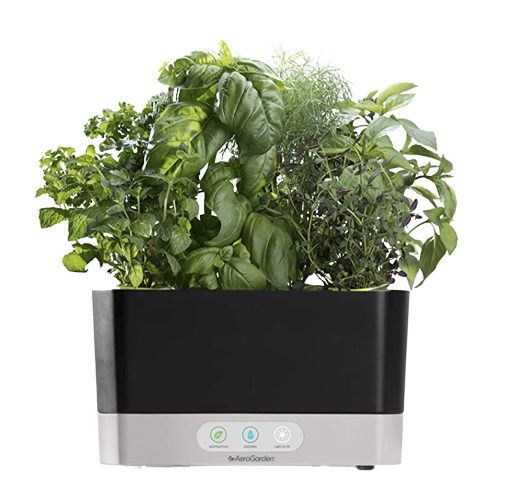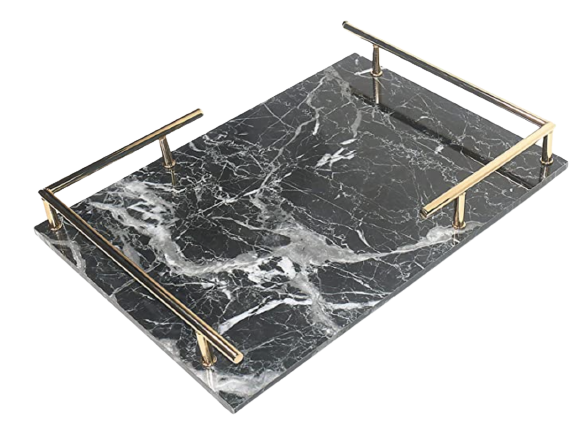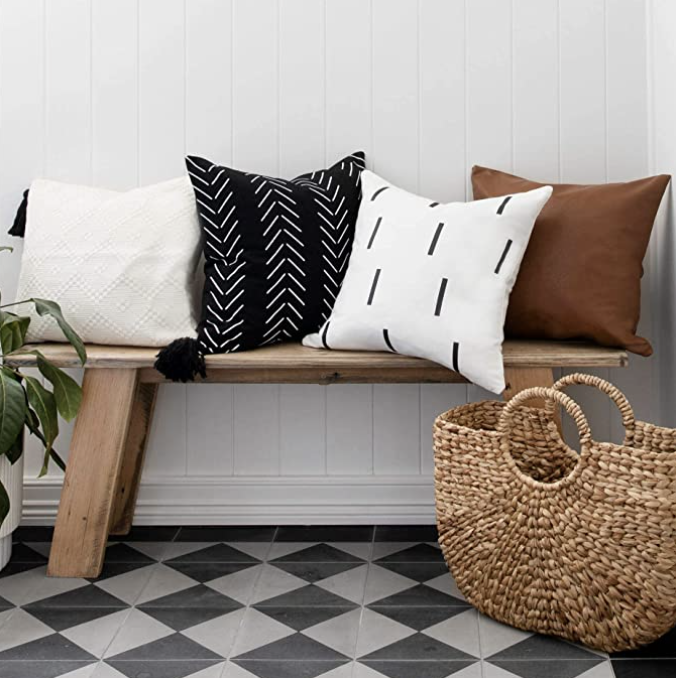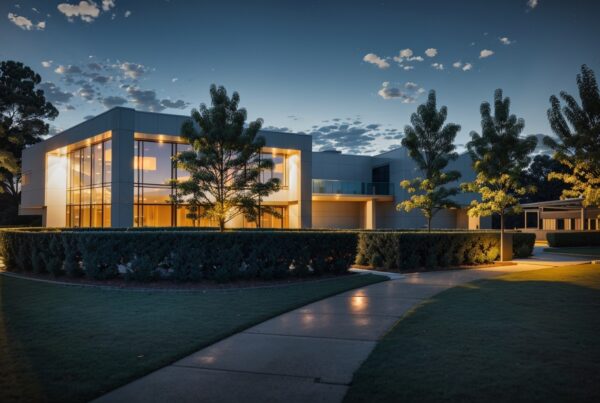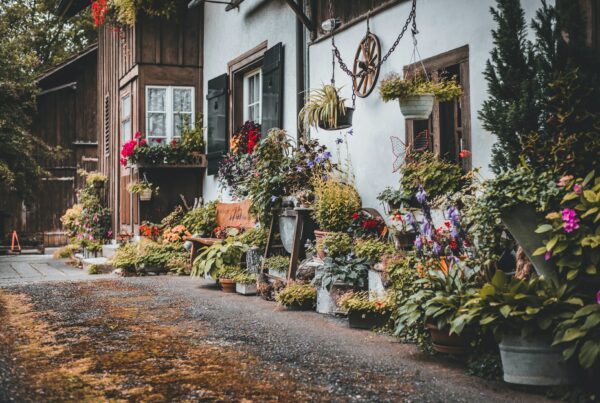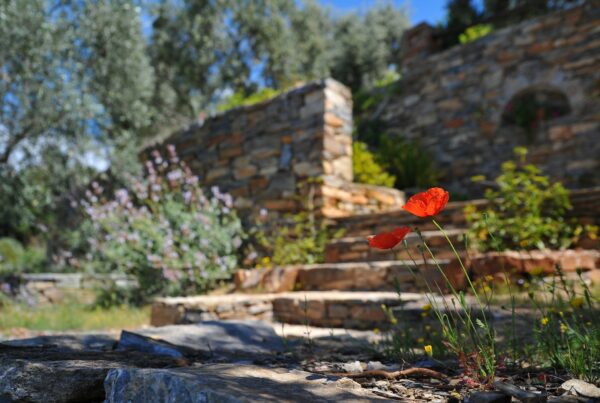Last Updated on August 11, 2023
Adding extra features to your backyard can get expensive. But, with a bit of skill and effort, it is easy to create an additional outdoor room in your yard. Building your own patio creates the perfect space for al fresco dining, and it makes it easy to enjoy your yard with guests or the family. 2021 was declared “Year of the Yard” by the International Casual Furnishings Association (ICFA), but there’s no reason this trend can’t spread into 2022 as well.
DIY gardening and landscaping projects require planning and time. First, you need to think about the right style for your home, whether you will need a little professional help and the equipment you’ll need to get started. Putting together a patio can be a bit like constructing a giant puzzle, so if you enjoy a challenge, it is undoubtedly worth the time and effort.
Before Beginning Your Garden Project
One of the first considerations for a new patio in your yard is the design you’re looking for and the equipment you might need. If you have a large amount of land, you may already have the necessary plant machinery and equipment to get started. Ensure all equipment is properly maintained and ready to go before starting.
Large landscaping and patio projects may require some excavation, and you should be sure you are ready for the undertaking before you get started. Even if you don’t want to invest in professionals to work on the project, it could be worth getting some advice before you get started. A little guidance can ensure you’re considering a project suitable for a beginner. The last thing you want is to need professionals further down the line and end up spending more than you budgeted.
Pros of DIY Gardening and Landscaping
Opting to work in your own yard can be really fulfilling, and you can develop a new and valuable skill. Other pros to keep in mind include:
Cost: working on your own yard doesn’t require paying professionals and their labor costs. With the right equipment and products, you can save over time. The initial outlay may seem high, but any equipment you buy is yours to keep and returns its investment over time.
Flexibility: landscaping yourself means you don’t have to wait for suppliers or stock or workers busy on other projects. If you can’t get hold of something, you’re in control, so you can change your plans or choose to wait.
Cons of DIY Gardening and Landscaping
Managing your own yard project is not for everyone, and sometimes professional help from a company like Landscaping Norwich is a great idea. Disadvantages of the DIY approach include:
Time: landscaping isn’t your full-time job, so it’s going to take time to finish the project. Even a finished yard is a commitment; as the Chicago Tribune reported, “Americans spend about 70 hours a year on average caring for lawns and gardening.”
Expertise: You can learn as you go on DIY projects, but you’re not a professional. You may not be able to achieve the same standard, especially in the same time frame, as the experts.
Whether taking on your yard as a project is for you depends on several factors. You may be set up to get stuck in already, or it could be one DIY project too far. Transforming your yard can be something you do together as a family or simply something you enjoy together once the professionals have done their bit.
Garden with Confidence
If you’re going to take on your gardening project on your own – make sure you feel confident. As a first time gardener, there are plenty of potential mistakes lurking within your yard.
If you’re not confident in your gardening skills, there’s no shame! Hire a professional and save yourself some time.
Here’s to your gardening journey!



